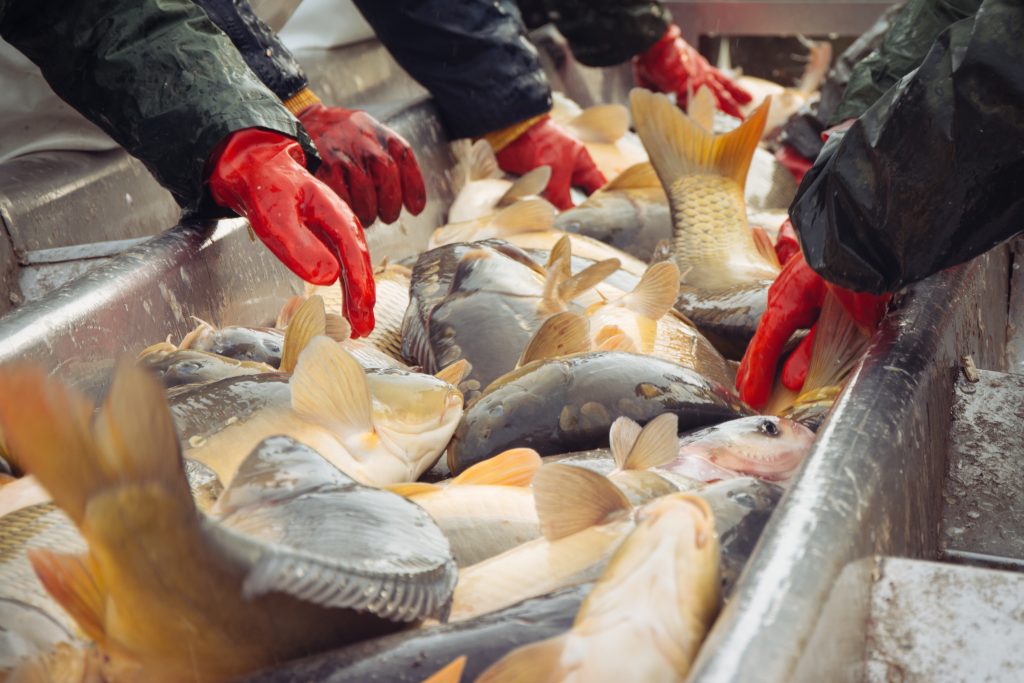
Study: Aquaculture puts less strain on land
May 1, 2018
By
Liza Mayer
Production of farmed fish puts less strain on our ecosystem than terrestrial livestock production because the amount of cropland required to feed fish is less than what livestock require, says a new study.
Researchers from UC Santa Barbara's National Center for Ecological Analysis and Synthesis (NCEAS) examined how much land would be required to grow the seven most common crops used to feed both terrestrial livestock and farmed fish.
A cow requires anywhere from six to 30-plus lbs of feed to gain one lb of biomass, while most farmed fish need just one to two lbs of feed to do the same. This efficiency translates into much less cropland required to grow feed for the fish that people eat, the study said.
The study revealed the potential benefits of shifting human diets away from meat and toward other protein sources, including seafood.
"The expansion of agriculture across the world is driving most species extinctions and the dramatic loss of ecosystems," said Claire Runge, a research scientist at University of Tromsø - The Arctic University of Norway, told UCSB’s The Current. “Aquaculture offers one way to reduce some of this pressure on our natural landscapes, wild places and wildlife."
While aquaculture is not a panacea for sustainable food production, “the potential is ripe to really do it right,” says lead author Halley Froehlich, a postdoctoral researcher at NCEAS. These include strategic siting of farms and adoption of sustainable feed practices, she said.
"We hope that awareness of how much land can be spared with a fish-rich diet helps individuals make the change,” said co-author Ben Halpern, director of NCEAS. “Similarly, we hope our results put more 'fish on the bones' of policy arguments to make more systematic changes."
 'We hope that awareness of how much land can be spared with a fish-rich diet helps individuals make the change
'We hope that awareness of how much land can be spared with a fish-rich diet helps individuals make the change Advertisement
- Removing the blinders on land-based aquaculture
- Cooke Aquaculture joins relief efforts in flooded town





